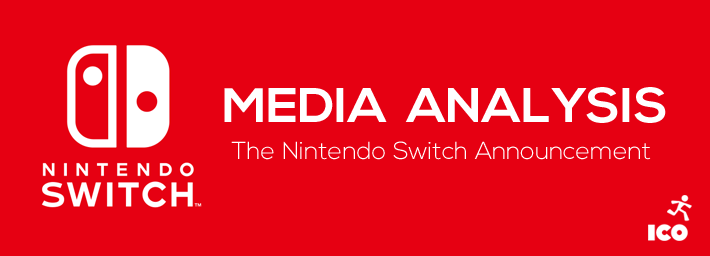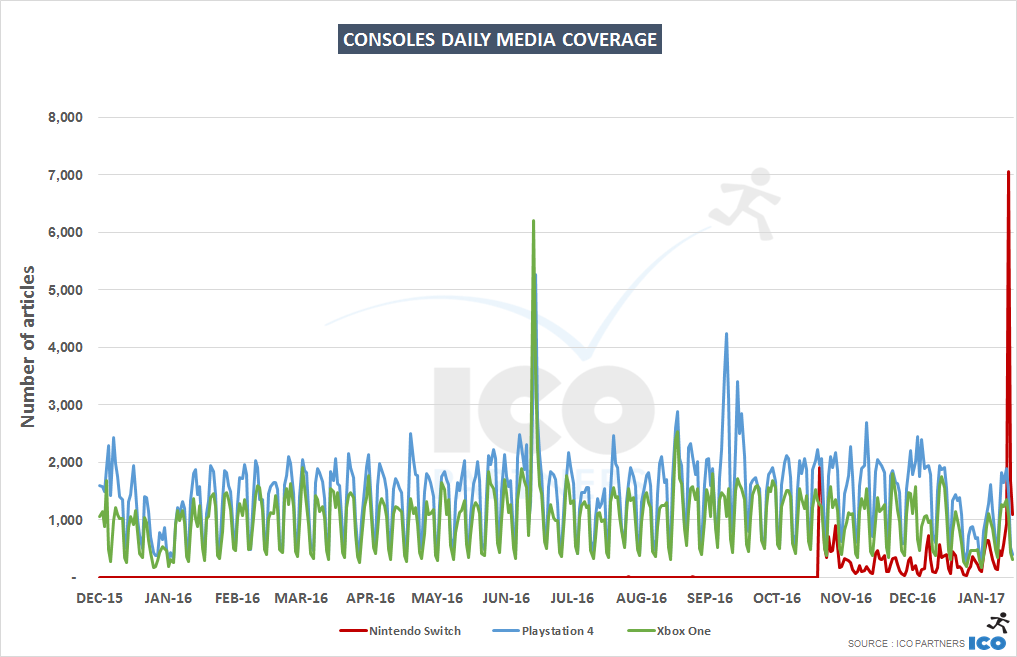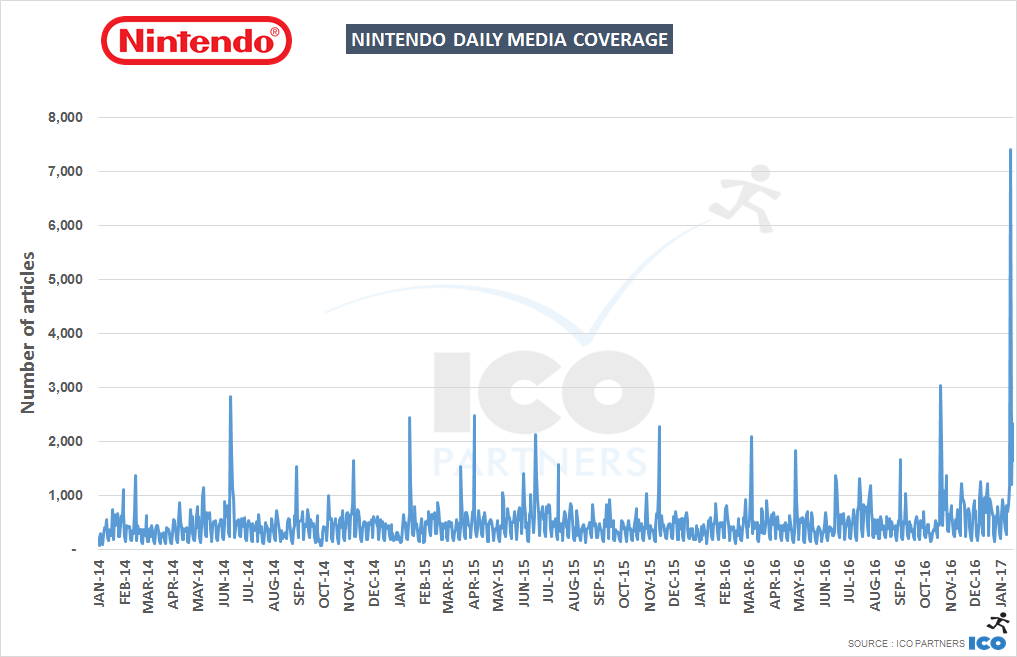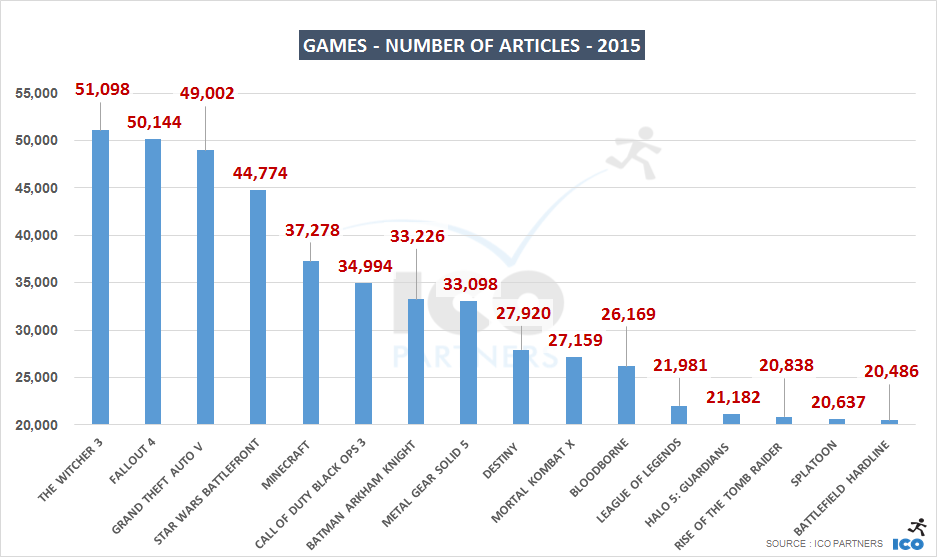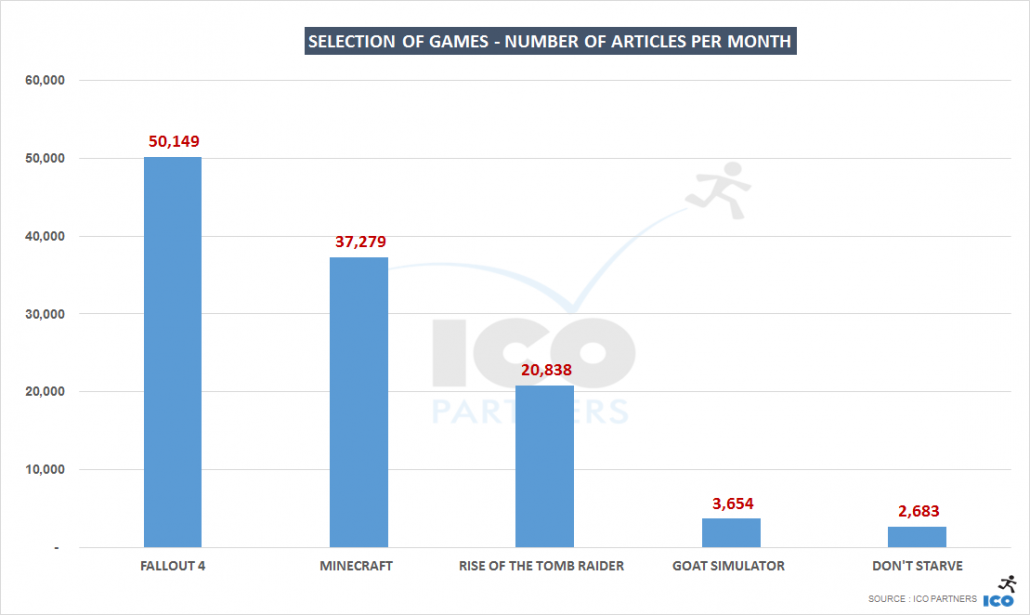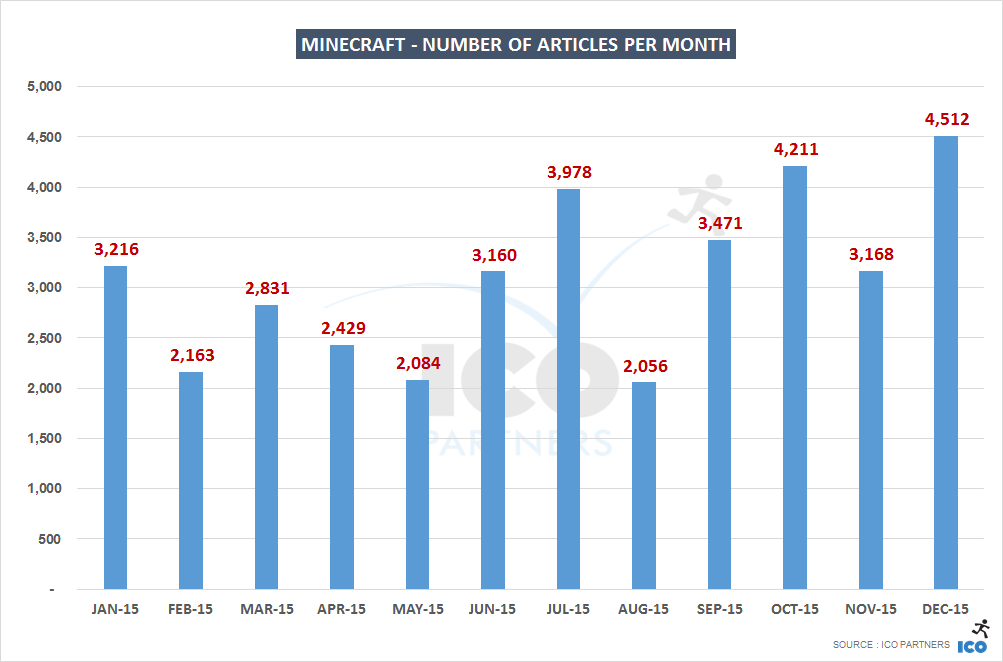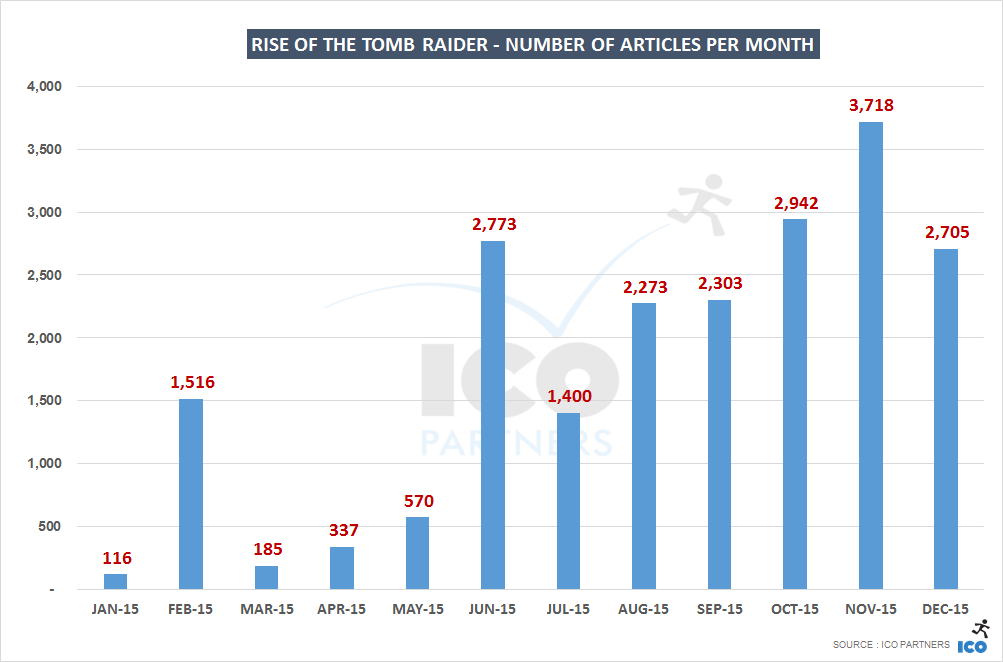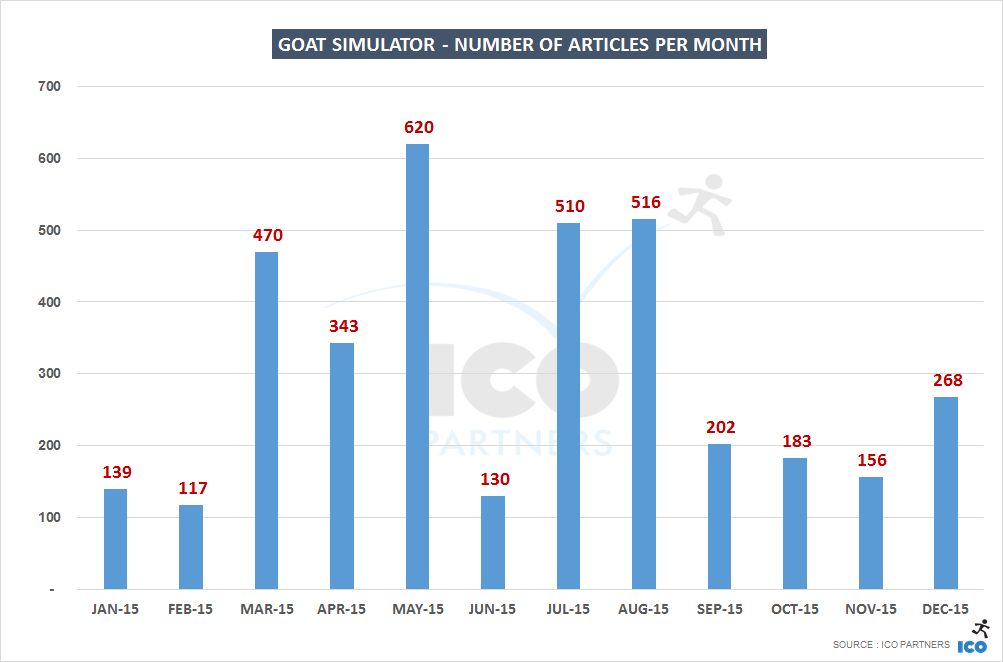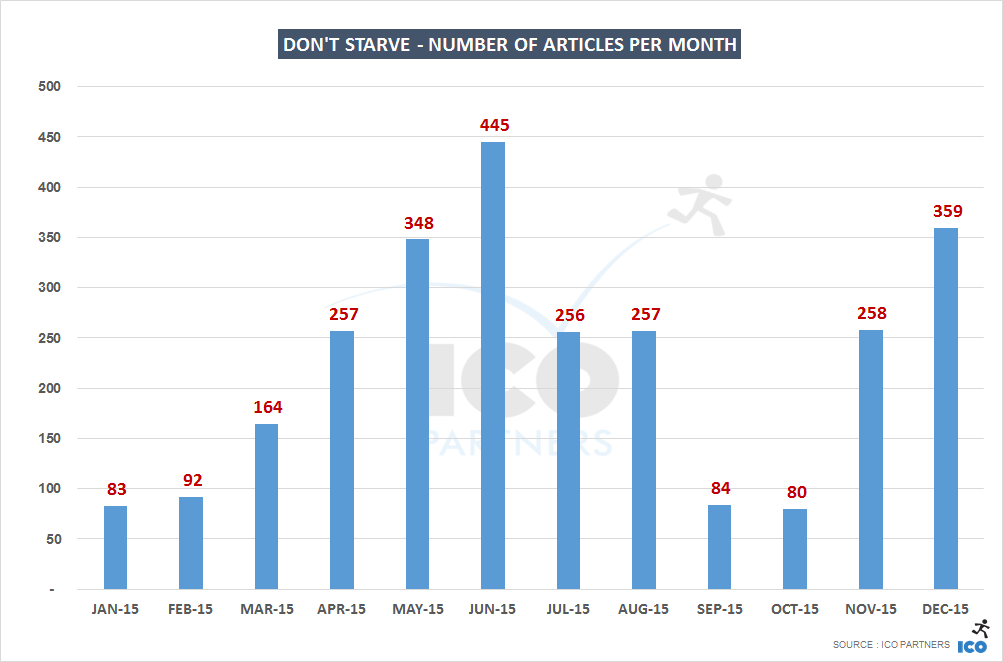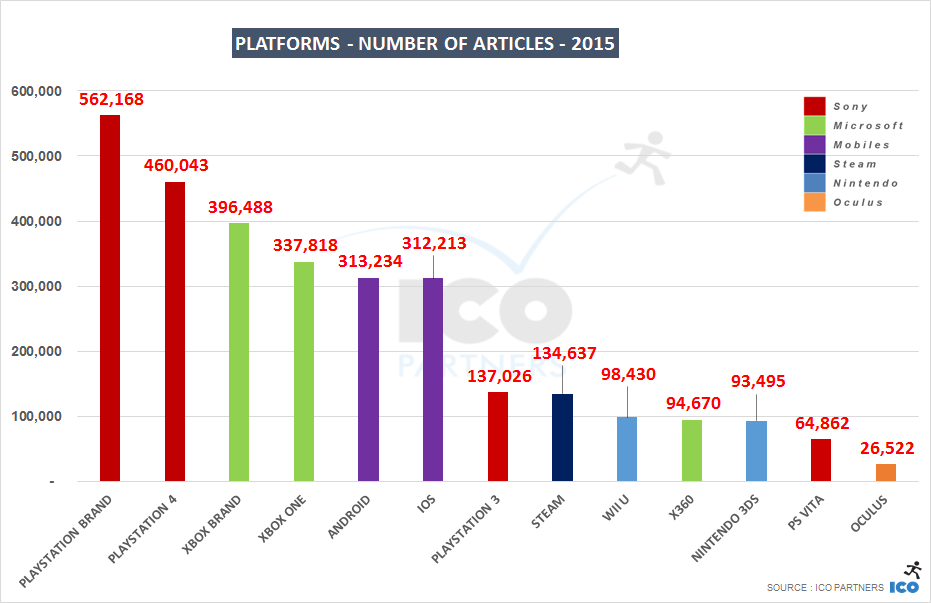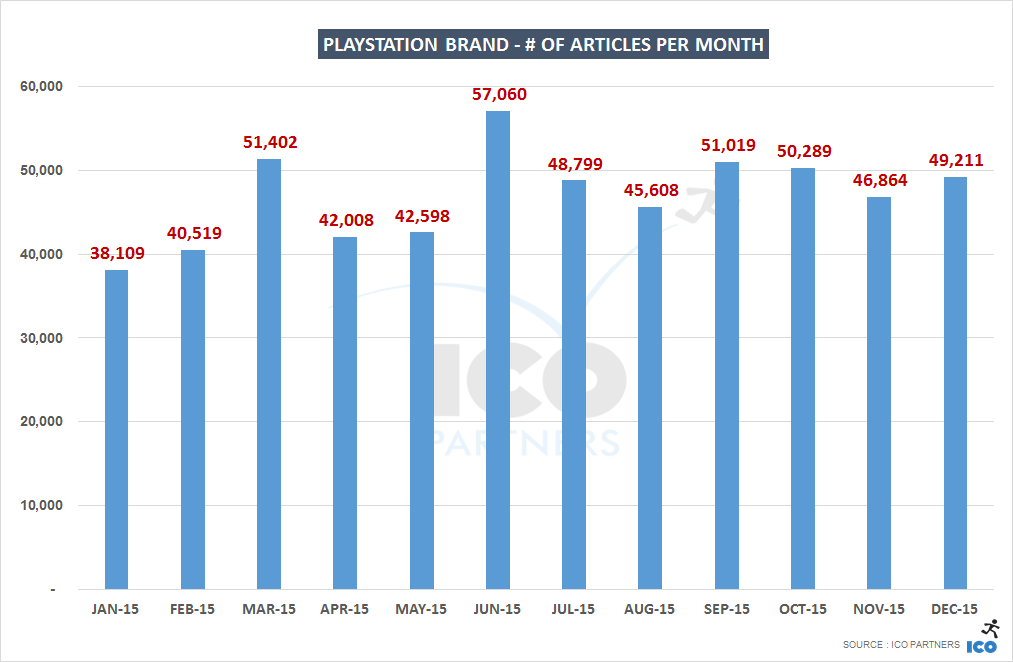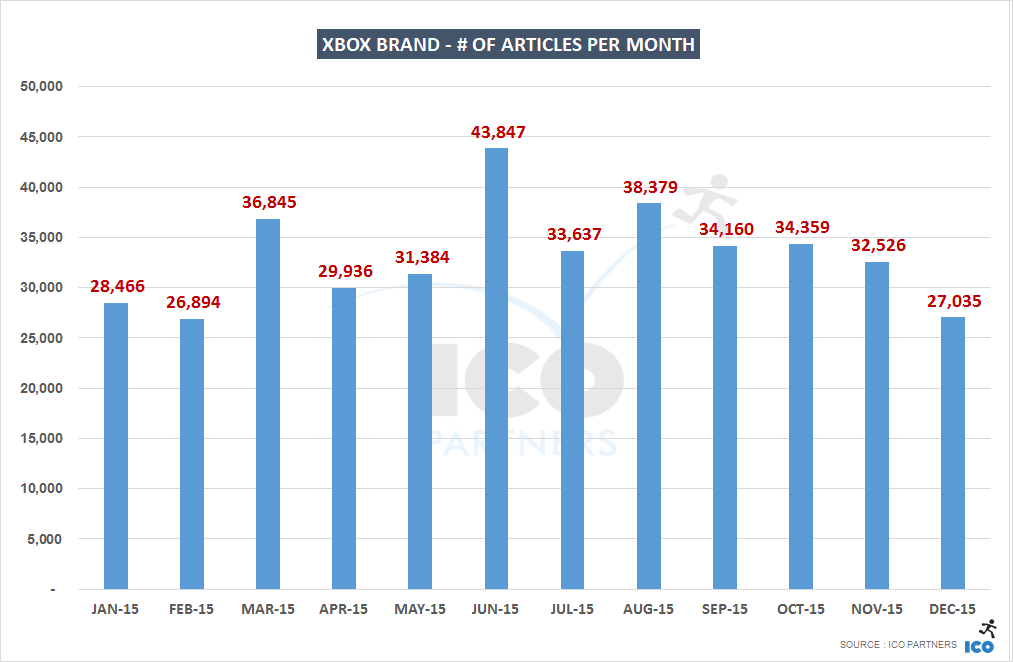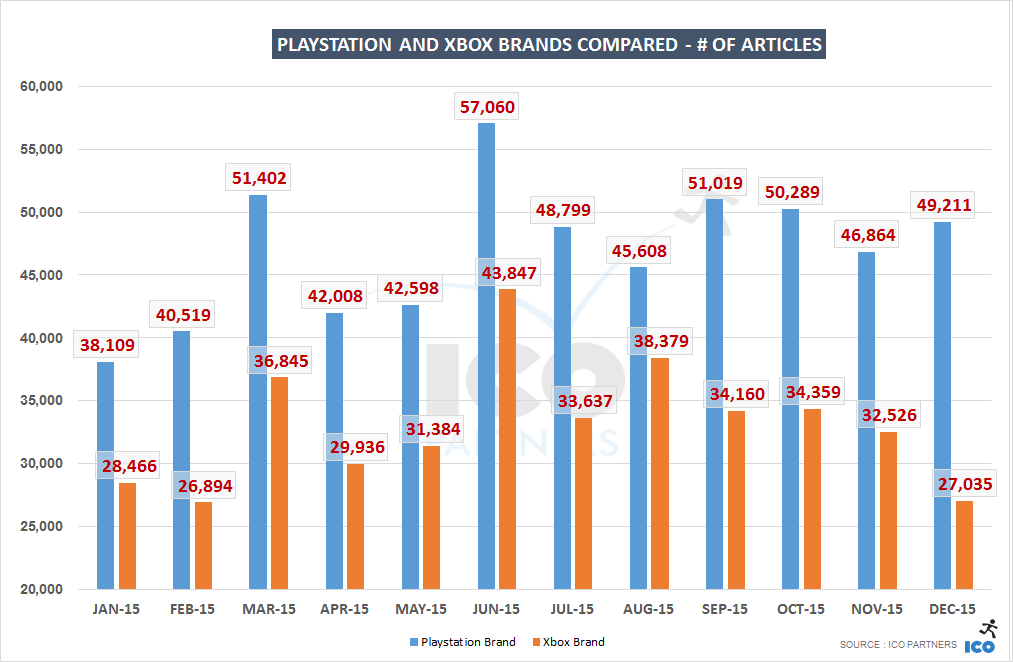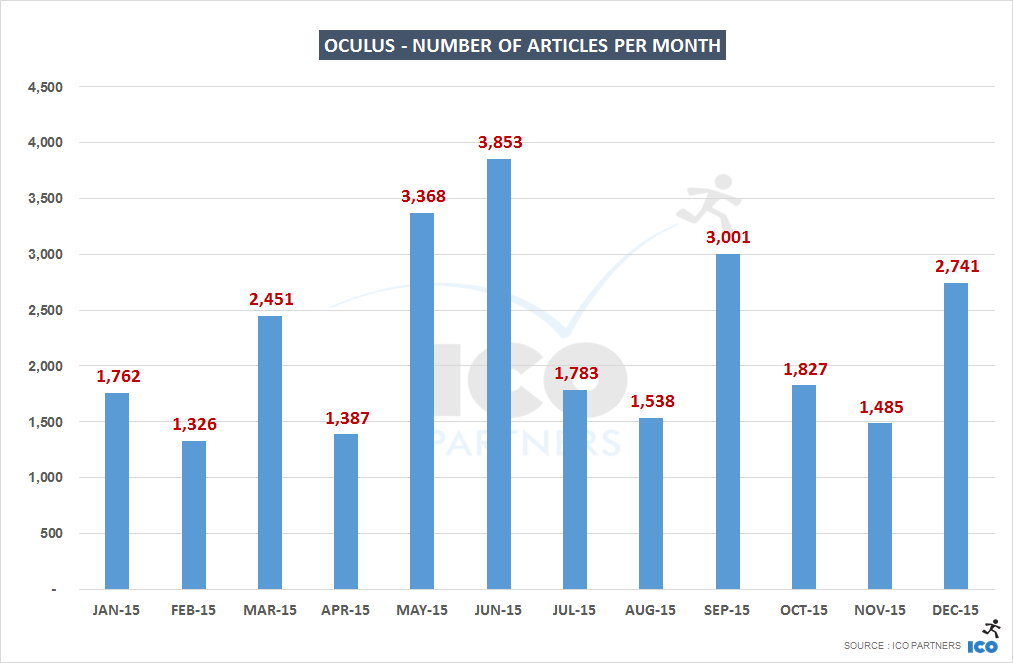Back in October, I did an analysis of the announcement of the Nintendo Switch. It was a rather short one, with very few details shared at the time, with the promise of a more in depth presentation following an event in January. That event was last week, and now is a great time to look at how it went for the Nintendo teams.
The Console
There is no question that, of the three console manufacturers, currently Nintendo is lagging behind Sony and Microsoft and that is very apparent when looking at the media coverage of each console.
In the video games media landscape report that we shared last year, Nintendo received less than a third of the articles that PlayStation had. In that respect, the Switch announcement seems to have been fairly well covered. We are lacking data to compare it with other console announcements, though.
Here is another graph to illustrate how significant the event was for Nintendo’s coverage:
While it is not surprising that the main event showcasing a new console is the single biggest media event for Nintendo in the past 3 years, the scale it reached is significant. It is the single biggest announcement in terms of volume of coverage across all 3 main consoles for that period of time. For Nintendo, a company that is struggling to compete with the media attention its two contenders receive, it looks like a massive achievement.
And with the new cycle of consoles being upgrades from the current gen, rather than brand new iterations, this might stay true for a while for all we know.
Games
* Minecraft numbers are only for articles explicitly naming the Switch and Minecraft.
Looking at the games announced at last week’s event, there seems to be 4 categories:
- Zelda is alone in the lead, with twice as many articles as any other games. Nothing surprising here: it was the crown jewel of the line-up, the game that was playable on-site, and it’s the one key launch title for the console. It is interesting to note though that it is garnering even more coverage than at last E3, where it was one of the leading game in terms of coverage (2,300 articles over a week compared to 2,600 articles since Friday)
- Nintendo’s first party titles – they benefited from the full support of the firm’s communication effort. It’s also interesting to note that existing licences are performing better than the new brands. This is very normal of course, but interesting to actually see it in numbers.
- 3rd party titles from key Japanese licences – I put in this bucket Bomberman, Fire Emblem and Xenoblade, that all received 400+ articles from the event.
- Other 3rd party titles – this is of course more varied and spread out, but I think it’s worth noting Snipperclips and Octopath both securing more than 200 articles – no small feat for projects with their profiles.
That’s it for me (for now).

